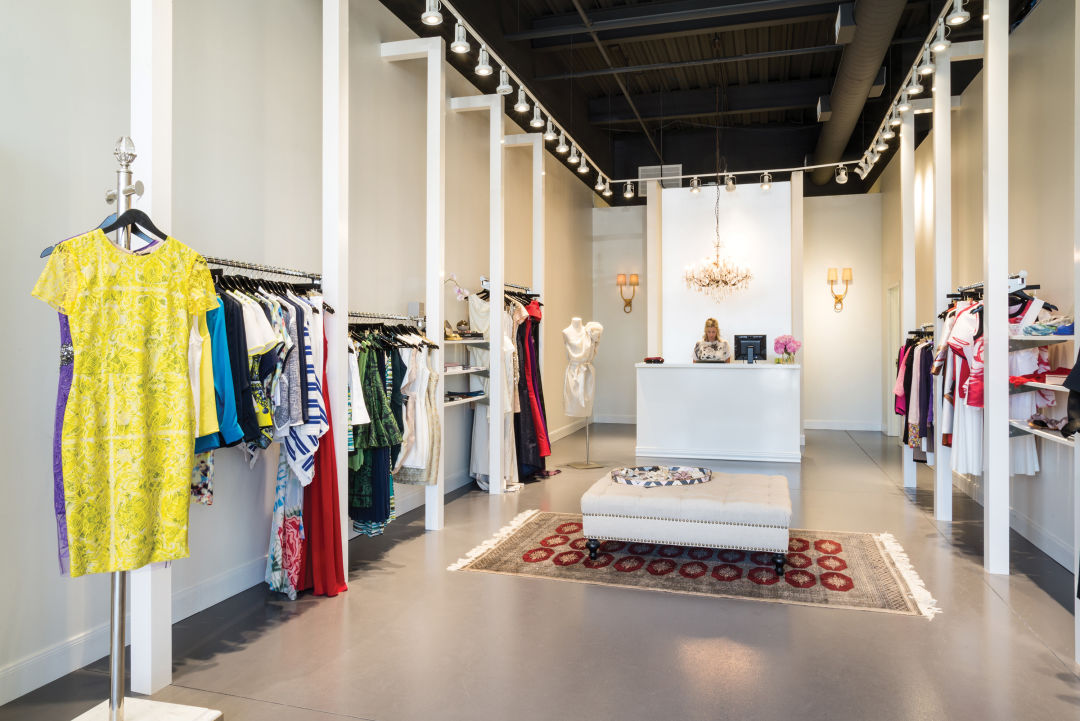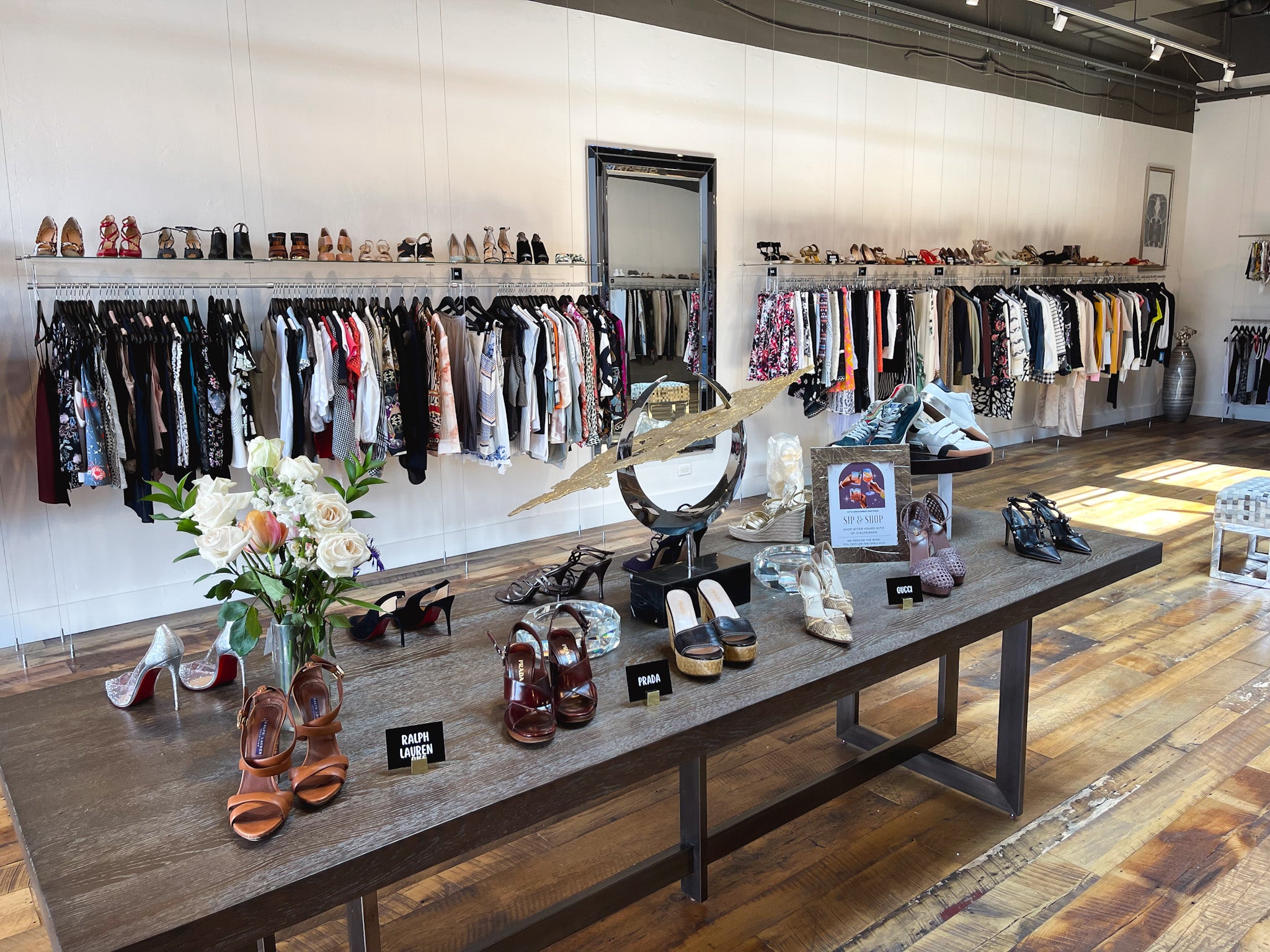A Newbie's Guide to Browsing the Boutique Fashion Scene
A Newbie's Guide to Browsing the Boutique Fashion Scene
Blog Article
Discovering the Evolution and Influence of Clothing on Modern Fashion Trends
The development of apparel has actually dramatically influenced modern-day fashion fads, merging historical criteria with innovative advancements. Renowned numbers like Coco Chanel and Yves Saint Laurent revolutionized the fashion business by introducing concepts that focus on comfort and access, which remain to reverberate today. Technical strides in locations such as 3D printing and clever fabrics are redefining layout possibilities and consumer experiences (boutique fashion). Furthermore, the expanding focus on inclusivity and sustainability is reshaping sector requirements. As we consider these complex influences, one must doubt just how these elements jointly redefine fashion's duty in showing and shaping modern culture.
Historic Fashion Influencers
In the tapestry of style background, specific numbers have left an enduring mark, forming the patterns and designs that specify entire ages. Coco Chanel, an innovative designer, redefined females's style by presenting comfortable, sophisticated garments that left from limiting corsets. Her renowned Chanel suit and little black outfit have become classic staples in wardrobes worldwide. Likewise, Christian Dior's post-war "Makeover" in 1947, with its party of femininity with complete skirts and cinched waists, noted a go back to luxury and has remained to affect designers.
Elsa Schiaparelli is one more crucial figure, renowned for her avant-garde layouts that incorporated surrealist art, working together with Salvador Dalí to develop whimsical pieces that challenged conventional looks. Her cutting-edge use shade and vibrant patterns resounds in contemporary fashion. Yves Saint Laurent, on the other hand, equalized haute couture with prêt-à-porter collections, bringing runway designs to the masses and setting a precedent for contemporary ready-to-wear lines.
These enthusiasts, amongst others, not just revolutionized fashion in their times but also established enduring trends that resonate in today's garment industry, providing a foundation whereupon modern-day designers continue to build and innovate. Their heritages emphasize the significance of imagination and daring in fashion's ever-evolving story.
Technical Developments in vogue
In the middle of the vibrant landscape of the fashion business, technical advancements stand at the forefront of innovation, improving how developers develop and consumers involve with style. The assimilation of 3D printing has actually revolutionized layout procedures, allowing developers to experiment with intricate frameworks and lasting products that were previously impossible. This innovation assists in rapid prototyping, reducing waste and accelerating manufacturing times.

Smart fabrics, installing technology into fabrics, are additionally transforming the sector. Innovations like self-cleaning and temperature-regulating materials provide enhanced functionality and convenience. Wearable innovation, integrating attributes like health and fitness tracking and interaction, includes a brand-new dimension to fashion, combining looks with functionality.
Cultural Changes and Design
As technological developments proceed to reshape the garment industry, social shifts are equally influential, redefining design and customer preferences. Over the last few years, the increase of social media sites systems has actually sped up the dissemination of international style patterns, permitting varied cultural impacts to merge and exist side-by-side. This digital interconnectivity has actually facilitated the quick exchange of ideas, bring about an extra eclectic and comprehensive analysis of style that shows the complex nature of modern culture.
Social awareness and appreciation have actually triggered developers to attract ideas from a more comprehensive spectrum of ethnic and historical contexts, incorporating traditional themes with contemporary looks. This combination has actually resulted in style that resonates with a wider target market, promoting a sense of identity and belonging throughout different demographics. Additionally, the enhancing need for customization has actually driven brands to use personalized options, enabling consumers site to express individuality while showing their cultural heritage.
Additionally, changing social worths have impacted fashion, with inclusivity and diversity ending up being central styles. The industry has begun to welcome designs and influencers of numerous type of body, ethnicities, and gender identifications, difficult conventional beauty requirements. This transformation underscores the power of cultural changes fit the future of fashion, as style comes to be an extra genuine expression of cumulative and individual identity.
Sustainability and Modern Design
While the fashion industry proceeds to advance, the vital for sustainability has become increasingly urgent, affecting contemporary layout methods. The rise of slow fashion, which highlights quality over amount, urges customers to spend in timeless items instead than transient trends.
Additionally, modern-day design is characterized by its development in minimizing waste and advertising circularity. This technique not only reduces ecological impact however also improves the social duty of style houses.

Future Trends in vogue

Sustainability will proceed to be a driving force in shaping future style patterns. The sector is increasingly taking on eco-friendly materials and ethical production approaches, responding to a growing customer need for liable techniques. Innovations such as bio-fabricated products and closed-loop recycling systems are readied to redefine how apparel is generated and eaten, decreasing environmental influence while preserving style and top quality.
Social changes, consisting of the rise of inclusivity and variety, will certainly additionally play an essential role. As culture ends up being a lot more knowledgeable about social concerns, fashion is expected to become a system for expression and adjustment. Designers will likely concentrate on producing collections that mirror a broader variety of identities and experiences, championing representation and access.
Verdict
The development of clothes considerably affects modern-day fashion trends, where historical impacts merge with modern layouts. Trick figures like Coco Chanel and Yves Saint Laurent have redefined style, while technical innovations such as 3D printing and clever textiles expand imaginative opportunities. Social changes in the direction of inclusivity and sustainability compel brands to embrace moral techniques and accept diversity. This ongoing development highlights fashion's function as a mirror to societal values and technological innovation, recommending a future abundant with innovation and inclusivity.
The development of apparel has significantly affected modern style patterns, combining historic precedents with sophisticated technologies.In the middle of the vibrant landscape of the fashion sector, technical advancements stand at the forefront of advancement, find more reshaping exactly how designers create and customers engage with style.While the fashion sector proceeds to evolve, the vital for sustainability has actually come to be progressively immediate, affecting contemporary design methods. As sustainability comes to be embedded in modern design, it leads the means for an extra liable and mindful style sector.
The evolution of garments dramatically influences modern-day fashion trends, where historical impacts combine with modern styles.
Report this page